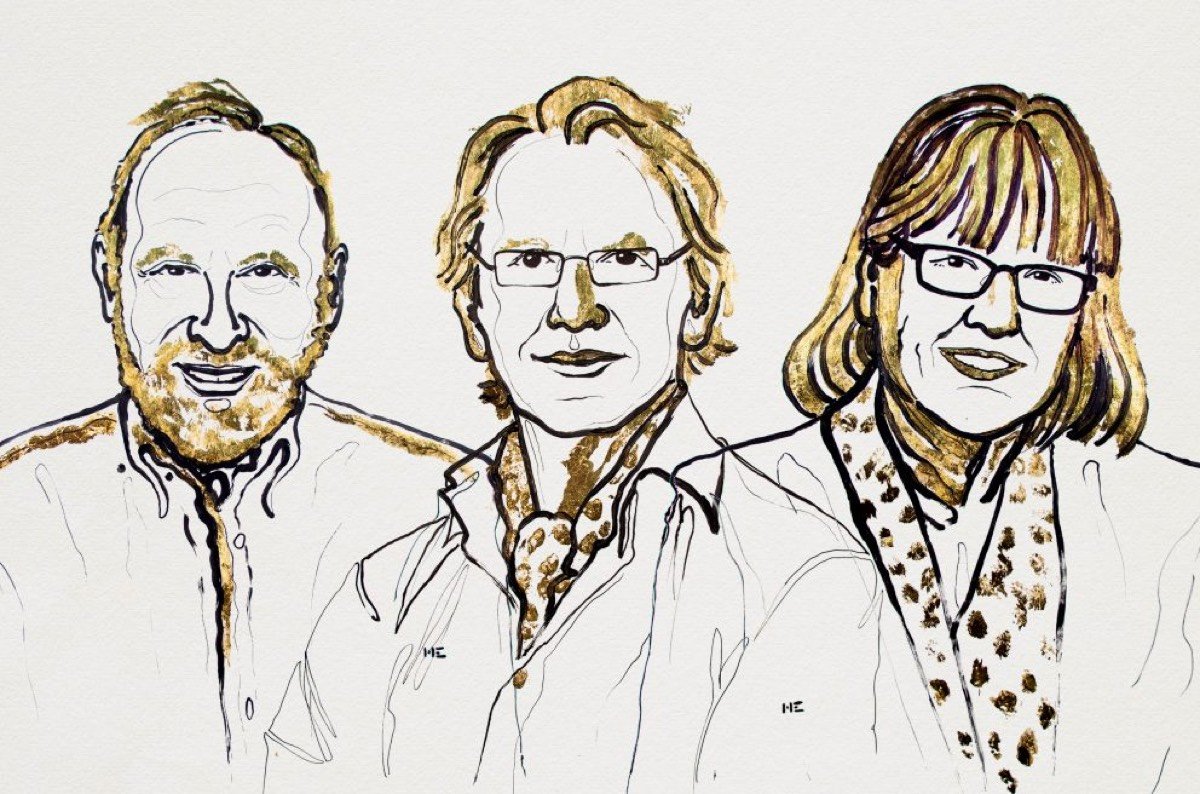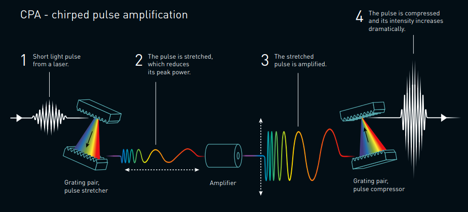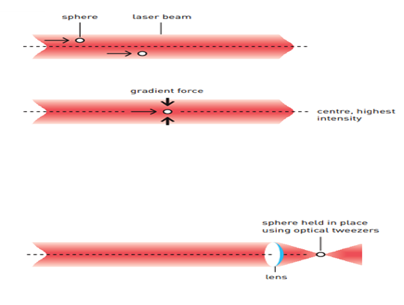
For the first time in 55 years, the Nobel Prize in Physics has been awarded to a woman. Donna Strickland, an associate professor at the University of Waterloo, Canada, has become the third woman to be honoured with the Nobel Prize in Physics. Before this, it was Maria Goeppert-Mayer who won physics Nobel in 1963 for her remarkable contribution in understanding the structure of the nucleus of an atom and Marie Curie in 1903 for the discovery of spontaneous radioactivity.
Strickland winning the Nobel is an eyewash to the still existing sexism in the world academia. Only a few days back, a senior CERN scientist’s remarks with sexist fervor had created a huge controversy. Physicist Alessandro Strumia, in his presentation at a workshop conducted by CERN on the topic ‘High Energy Theory and Gender’, said: “Physics is invented and built by men, it’s not by invitation”. Strumia told the audience that, in Italy, the female researchers mostly benefit from free or cheaper university education, and Oxford University extends exam times for the benefit of women. He argued that female discrimination doesn’t take place; actually it is the male scientists that have been discriminated against. Later, he was suspended from any activity at CERN, as the institute’s press release said.
This year’s prize is shared by three scientists with one part by Arthur Ashkin, the Nonagenarian from Bell Laboratories, US and the other part jointly by Strickland and the French scientist Gerard Mourou, currently associated with Ecole Polytechnique, France and University of Michigan, USA.
The various contributions they have made to the field of laser physics especially in putting laser lights into work to decipher how extremely small objects and amazingly fast processes function, have wider implication not only for physics, but also for chemistry, biology and medicine. Due to their incredible inventions, it has now become possible to develop precision instruments for basic research and practical applications as well.
Dr. Ashkin developed a laser technique known as optical tweezers. Optical tweezers can trap particles, atoms and molecules with its laser beams. The technique has made it possible to trap viruses, bacteria and even living cells, and to examine and manipulate them without any damage. This has manifold applications in observing and controlling the life machinery.
Gerard Morou and Donna Strickland have developed the shortest and most intense laser pulses ever created. The contribution of their research has been revealed in its medical utility where eye operation in millions are performed using the sharpest laser beams.
It may appear that the Nobel Prize in physics comes under the realm of technology, but actually, it hints towards some clues of certain concerns and debates in the world of science research. The demarcation between basic science research and that of technological advancement has been quite prevalent in the science community. But, the Nobel Prize, not only this year but for quite a time, has shown that the line of difference between technology and basic science research is diminishing.
Dr. Satyajit Rath, the former faculty from NII (National Institute of Immunology), India, expressed his views on it. He says, “The Nobel in laser physics is a contribution for both basic science and breakthrough innovation. Without having an in-depth understanding of the basic principles of physics, this kind of technological breakthrough is not possible. In fact, the basic science research and technological advancement complement each other. They work like a positive feedback loop where the basic science research will augment technology, and technology, in return, enhances the understanding of the basic principle of science which would have broader social implications.” He adds, “The line drawn between basic science and technology is basically arbitrary.”
TECHNOLOGY FOR ULTRA SHORT HIGH INTENSITY BEAMS
Since the invention of the laser, scientists have tried hard to create more intense pulses of it. But, by mid 80s, this endeavor almost reached its dead end. For short pulses of light like that of laser, it was no more possible to amplify the intensity without destroying the amplifier. Strickland and Mourou came up with a simple but elegant technique for amplification of the laser. The technique is now known as Chirped Pulse Amplification (CPA).
Before understanding the fundamental principle of this technique, it is better to have a look at how laser light is created. To create laser light, a chain reaction is done where light particles known as photons can generate even more photons. Then, these are emitted as pulses. In laser, light moves coherently unlike the white light where the light beams contain all colors of the rainbow, and is scattered in every direction.
The CPA adopted very creative way of handling the laser pulses to get high intensity out of it. First, a short pulse is taken, and then it is stretched in time. What this means is, if we consider the laser pulses as strings, then stretching the string is like stretching the laser pulse in time. Stretching will reduce the peak power of the pulses, and then the stretched pulses are amplified. Figure 1 below is representative of this technique. After this, the pulses are compressed in time, which means more and more light is packed in a tiny space, and the intensity of the pulses increase tremendously.

In this process, the laser pulses are not amplified directly, and thus, the amplifier is not being destroyed. This idea got its way of practical viability when Strickland and Mourou demonstrated it only in 1985.
Extreme high intensity of the laser makes it capable of changing the properties of matter. Intense laser pulses make it possible to make tiny and precise holes even in living objects. It also has the ability to change an electrical insulator to a conductor.
This technology has large-scale utility, starting from more efficient data storage to eye surgery. Surgical stents, the micrometer-scaled cylinders of stretched metal widen blood vessels, urinary tract and other passageways of our body.
ASHKIN’S LIGHT TRAP
Ashkin’s wild dream was to move extremely tiny particles such as an atom using light, and it drove him through. Right after the discovery of laser in 1960s, Ashkin started working on his idea.
He first illuminated transparent spheres of micrometer size using laser beams. To his delight, he could observe the sphere moving. But, what surprised him is the attraction of the tiny sphere towards the centre of the beam where the intensity is the maximum. Ashkin soon was able to come up with an explanation. When laser beam falls on sphere, it experiences pressure due to the high energy these beams have. The sum of the forces from the rays can be split into two components: the scattering force in the direction the light travels and the gradient force that arises due to the interaction of the beam with the sphere. The intensity of any laser beam reduces towards the sides and sum of all forces push the sphere towards the centre. Figure 2 below represents the process.
In the second step Ashkin put a strong lens so that the laser light gets focussed onto a point. The sphere then got driven towards the centre, and is trapped there. This is called the optical tweezers, trapping particles with light.
It was only in 1986, after several attempts and setbacks, individual atoms could be trapped using the optical tweezers.

Ashkin also was able to capture bacteria using this technique. It all happened by chance. In his attempt to study his technique in capturing smaller particles, he used biological entities like bacteria and virus. In such an attempt, he observed that bacteria, when exposed to optical tweezers, don’t simply swim here and there, rather when they come near the laser beams, they got trapped in it. Later he could show that with the optical tweezers, cells could be reached without destroying the cell membrane.




